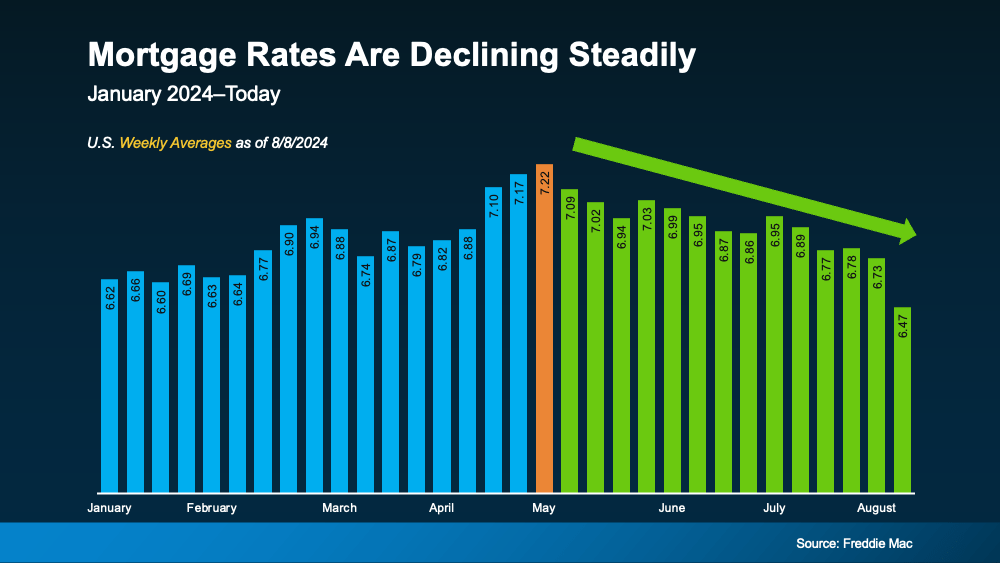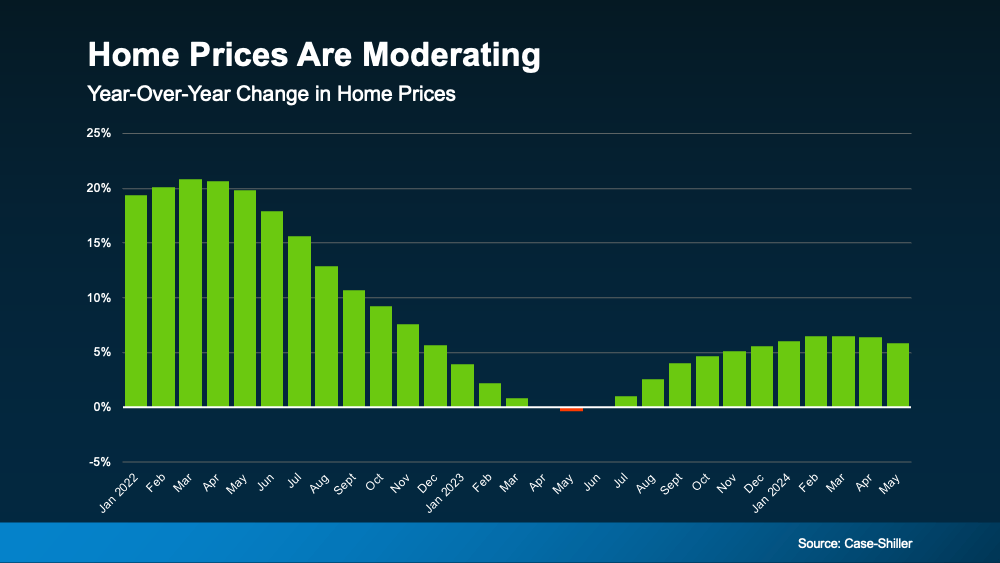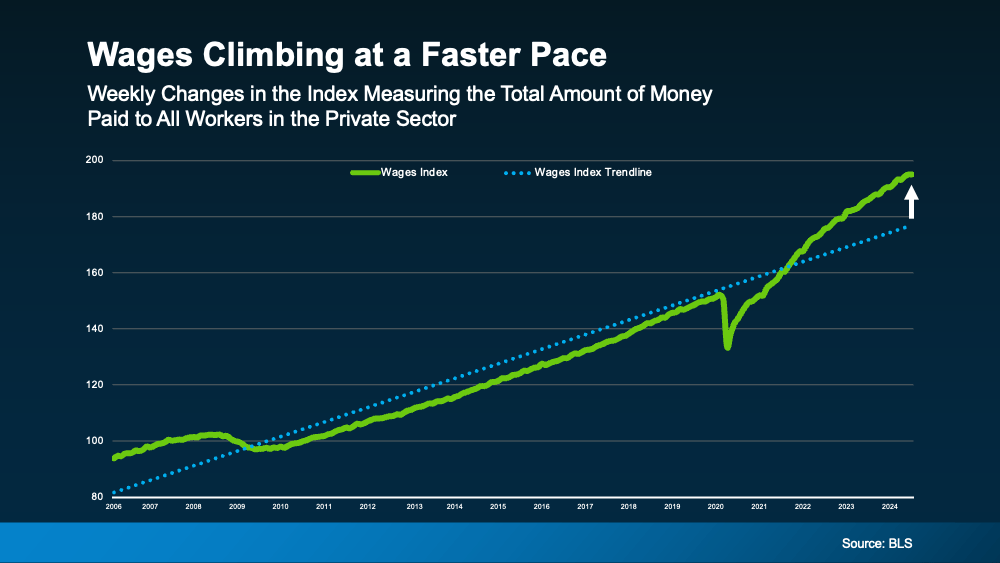
Over the past few years, many people have found it challenging to buy a home in Raleigh. While home affordability is still tight, there are signs it’s getting a bit better and might continue to improve throughout the rest of the year. Lawrence Yun, Chief Economist at the National Association of Realtors (NAR), says:
Housing affordability is improving ever so modestly, but it is moving in the right direction.”
Let’s take a look at the latest data on the three biggest factors affecting home affordability: mortgage rates, home prices, and wages.
1. Mortgage Rates
Mortgage rates have been quite volatile this year, fluctuating between the mid-6% to low 7% range. But there’s some good news. Data from Freddie Mac shows rates have been trending downward overall since May (see graph below):

Mortgage rates have improved lately in part because of recent economic, employment, and inflation data. Moving forward, some rate fluctuations are expected. But if future economic data continues to show signs of cooling, experts say mortgage rates could keep decreasing.
Even a small drop can make a difference. When rates go down, it’s easier to afford the Triangle Area home you want because your monthly payments will be lower. Just keep in mind that rates aren’t expected to return to 3%.
2. Home Prices
The second major factor to consider is home prices. Nationally, they’re still going up this year, but not as quickly as they did a couple of years ago. The graph below uses home price data from Case-Shiller to illustrate this point:

If you’re thinking about buying a Raleigh home, slower price growth is good news. Home prices rose significantly during the pandemic, making it harder for many people to buy. Now, with prices increasing more slowly, buying a home may feel less out of reach. As Odeta Kushi, Deputy Chief Economist at First American, says:
While housing affordability is low for potential first-time home buyers, slowing price appreciation and lower mortgage rates could help – so the dream of homeownership isn’t boarded up just yet.”
3. Wages
Another factor helping with home affordability is rising wages. The graph below uses data from the Bureau of Labor Statistics (BLS) to show how wages have increased over time:

Look at the blue dotted line—it shows how wages typically go up in a normal year. On the right side of the graph, you’ll see that wages are rising even faster than usual right now—that’s the green line.
This helps because if your income increases, it’s easier to afford a home. You’ll need to spend less of your paycheck on your monthly mortgage payment.
Bottom Line
When you consider all these factors together, you can see that mortgage rates are trending down, home prices are rising more slowly, and wages are going up faster than usual. While home affordability is still a challenge, these trends are early signs that things might be starting to improve. Ready to explore your home-buying options as affordability begins to improve? Contact Linda Craft Team Realtors today, and let us help you navigate the market to find your perfect Raleigh home.
